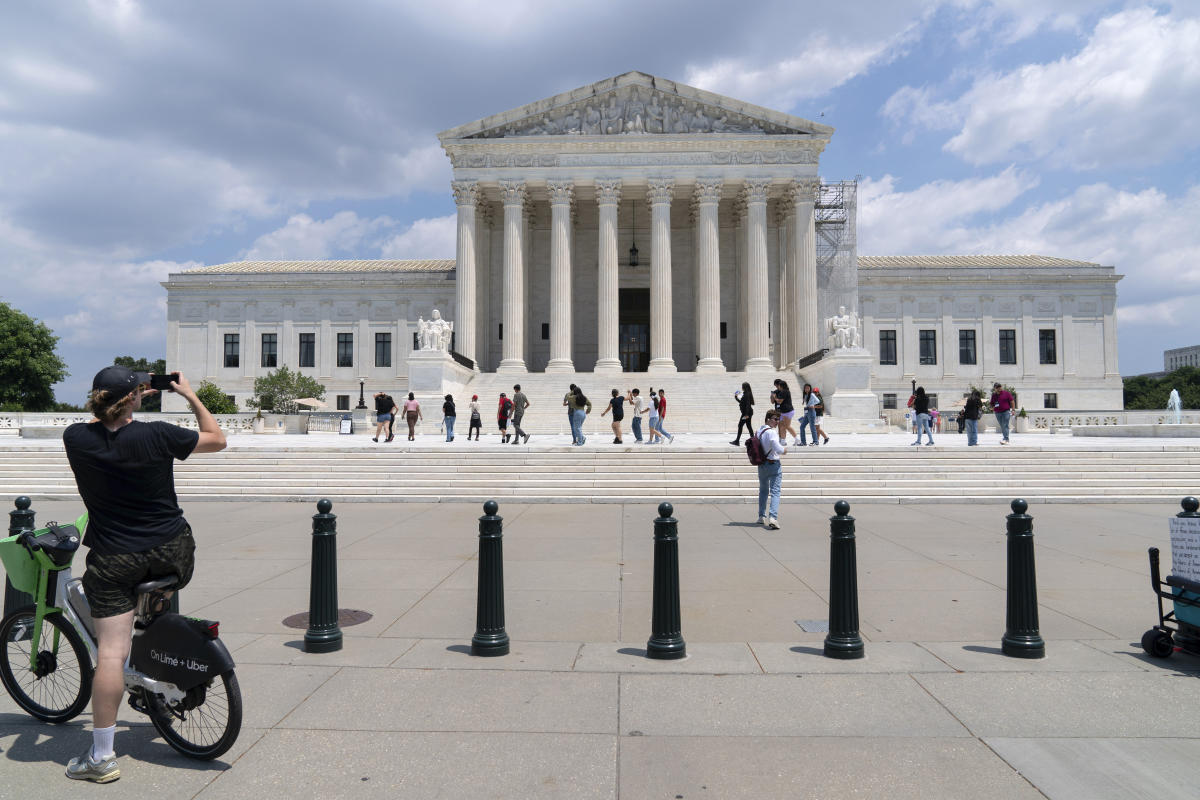Rising numbers of Americans are making emergency “hardship withdrawals” from their 401(k) plans to avoid eviction or foreclosure, new data reveal.
The data, from investment and retirement giant Vanguard, raise new fears about the looming retirement crisis facing millions—and about just how widespread the current “economic boom” really is.
Most Read from MarketWatch
The number of hardship withdrawals per 1,000 savers soared about 40% last year and have doubled since 2021, Vanguard reports.
And the main reason people were raiding their retirement accounts was to avoid losing their home. “In 2023, 39% of hardship withdrawals were used to avoid a home foreclosure or eviction, up from 31% of withdrawals two years earlier,” Vanguard reports.
Good times.
What is most alarming is that these withdrawals are taking place during an apparent economic boom where the unemployment rate has been below 4% for 2½ years. The surge in demand for emergency cash to avoid eviction or foreclosure shows consumers aren’t just getting squeezed by the jump in overall inflation. The rising cost of housing, and high interest rates, are also taking their toll.
Savers under 59 ½ are able to tap in to their 401(k) plans without paying a 10% early-withdrawal penalty only in certain legally defined circumstances. These include avoiding eviction or foreclosure, or paying college tuition or medical expenses.
Vanguard observes that one reason these withdrawals have risen is that changes in the law in 2019 made them easier.
“Legislation in 2019 eased restrictions around hardship withdrawals, making it slightly easier for retirement plan participants to take them,” Jeff Clark, head of defined contribution research at Vanguard, tells me. Also, “automatic enrollment has increased year over year, bringing more workers—and especially lower compensated workers—into retirement plans. As a result, the increase could reflect more Americans having access to a 401(k) balance to tap in to during times of financial stress.”
He added that even as the hardship withdrawals rise they still represent “relatively small numbers.” Withdrawals totaled 72 for every 1,000 savers in 2023, or an average of six per month. Fewer than 4% of savers took a hardship withdrawal during the year, Vanguard says.
But the cumulative effect of these annual withdrawals will add up over time, and will make worse what looks like a looming divide between those who have enough for retirement and those who don’t. According to the most recent Federal Reserve triennial Survey of Consumer Finances, the poorest 25% of the country—which works out at about 32 million households—have median “total financial assets” of just $1,600.
This will affect everyone. It is no secret that both Medicare and Social Security face looming budget crises. It will be obvious to everyone—and is admitted pretty much across the political spectrum—that it is simply impossible to make any savings at the expense of poorer retirees, even if anyone was so inclined. That puts yet more pressure elsewhere—sticking it to the middle- and upper-middle-class by capping the growth of their benefits, sticking it to the middle- and upper-middle-class by raising their taxes, or putting the whole thing on the national credit card, along with everything else, and hoping the bond market doesn’t notice.
You make the call.
Most Read from MarketWatch
Signup bonus from




